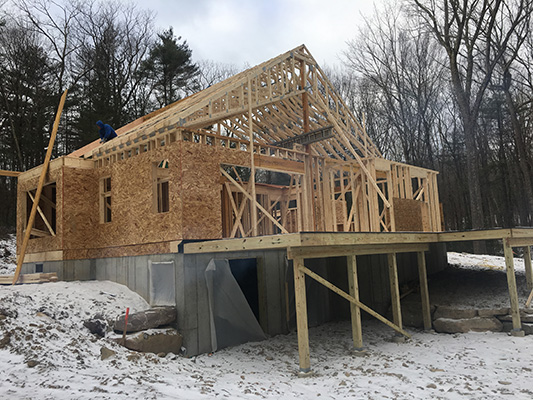A house is a very important part of life, mainly because a lot of time is spent there. It is recommended to plan everything out before constructing a house to avoid any mistakes that might happen. Every little detail is important, from getting the proper tools from shops like Vetner to charting the proper design and location. The design should be made, considering the requirements of the owner.
Contents
Steps in Building a House
A good project manager is also vital in getting the job done. They handle the entire project from start to end. They also make sure different workforces function together in harmony allowing maximum efficiency. The owner should also be familiar with the steps involved in the construction process and actively participate. Insisting on buying supplies from reputed sellers, like Vetner, is also important. Let’s look at the steps involved in building a house.
Preparation and Foundation
Permits are required by the government for building any structure. The project manager must submit all the documents required and procure the permits. The prepping of the construction site and the foundation work are both usually done by the same crew. They’ll clear out any debris or plants and level the land. Then the foundation work is done, which involves digging footings and making slabs. Once all the concrete is poured, and dried waterproofing membranes are added to it. An inspection is also done after the foundation is complete.
Framing and Plumbing
The skeleton of the house is the next step. This includes floor, wall, and roof systems. Once the skeleton is done, plumbers and electricians start their work. Wires and pipes are run throughout the structure, and everything is set up. After this, more inspections are done to check each completed process. All the plumbing, framing and wiring are inspected for violation of building codes.
Insulation, Drywall and Fixtures
Insulation is key in maintaining a consistent indoor temperature. It also improves the energy efficiency of the house. No considerations should be made on the quality of insulation. The drywall will be delivered and prepped for installation by the time the insulation gets installed. Painting and finishing are done on the drywall after its installation. Exterior finishes are also done. After the drywall is installed, the crew gets to work on the fittings. The quality of the fixtures is essential as they are expected to have a long lifespan.
Interior Trim, Walkways and Driveways
By the end of this step, the house begins to look similar to the design. This step involves the installation of doors, windows and other decorative trims. The final coat of paint is applied after this. The walkway and driveway are also made during this step. The driveway is made last because heavy equipment used for the delivery of materials can damage the concrete.
Finishing Stage
This is the last stage where new installations are done, and this includes flooring, bathroom fixtures, mirrors, shower doors, and exterior landscaping. After this, the house is cleaned to lay down the carpets. After this stage, an inspection is done to check if everything conforms to the plans and doesn’t violate any building codes.
Final Walkthrough
This is the stage where the owner looks for any corrections or changes. This is the only chance to fix anything that hasn’t been done properly or if anything has to be changed. The surfaces and installations should be carefully examined before signing off with the builder.
Inspections are done periodically throughout the construction. Proper management of these is vital to the completion of the house. The goal is to spot any potential issues before finishing the construction. The process reaches completion after the pre-settlement walkthrough, and the house is set to be home.

